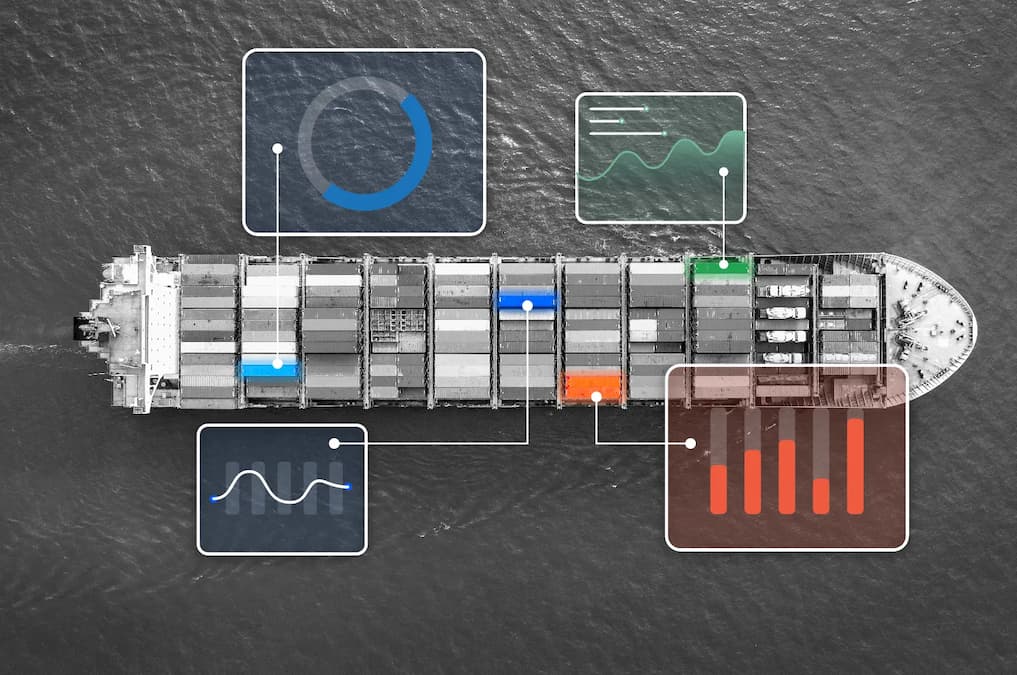4 min read
Shipping containers 2.0: how cakes and crime are redefining the metal box

Real-time tracking and improved security are driving improvements in the sector, say a new wave of innovators
To read Paul Peachey article in full and learn about how the industry went from the 58 containers loaded on McLean's converted tanker to the 20,000-plus on the largest modern ships.
Here is the link to the article in TradeWinds
Related resources


Resource
Smart containers: a comprehensive guide to the future of shipping
Smart containers: a comprehensive guide to the future of shipping
This article fully explores smart containers and their benefits, offering insights into how they are transforming - and will continue to transform - the logistics landscape.


Resource
The new cool kid on the block: natively insulated shipping containers
The new cool kid on the block: natively insulated shipping containers
Natively insulated shipping containers, like AELER's Unit One, offer a superior alternative to traditional methods. They provide better insulation and cost-effectiveness for transporting temperature-sensitive goods while eliminating the need for refrigeration units, increasing cargo capacity, and reducing carbon emissions, thereby revolutionising global logistics and supply chain management.


Resource
The Global Container Geofence Library: an initiative of industry experts
The Global Container Geofence Library: an initiative of industry experts
Geofencing employs geo-coordinates to create virtual perimeters around a specific location, enabling the real-time monitoring of IoT-enabled containers as they enter or leave designated zones. This technology revolutionises logistics management by offering unprecedented visibility and control over container movements. It enhances operational efficiency and security across the global supply chain by allowing companies to monitor and stipulate where, for example, a truck carrying high-value pharmaceuticals or luxury goods can stop. Safe zones can be designated for rests, food, or bathroom breaks to ensure the security of the cargo.



.jpg)